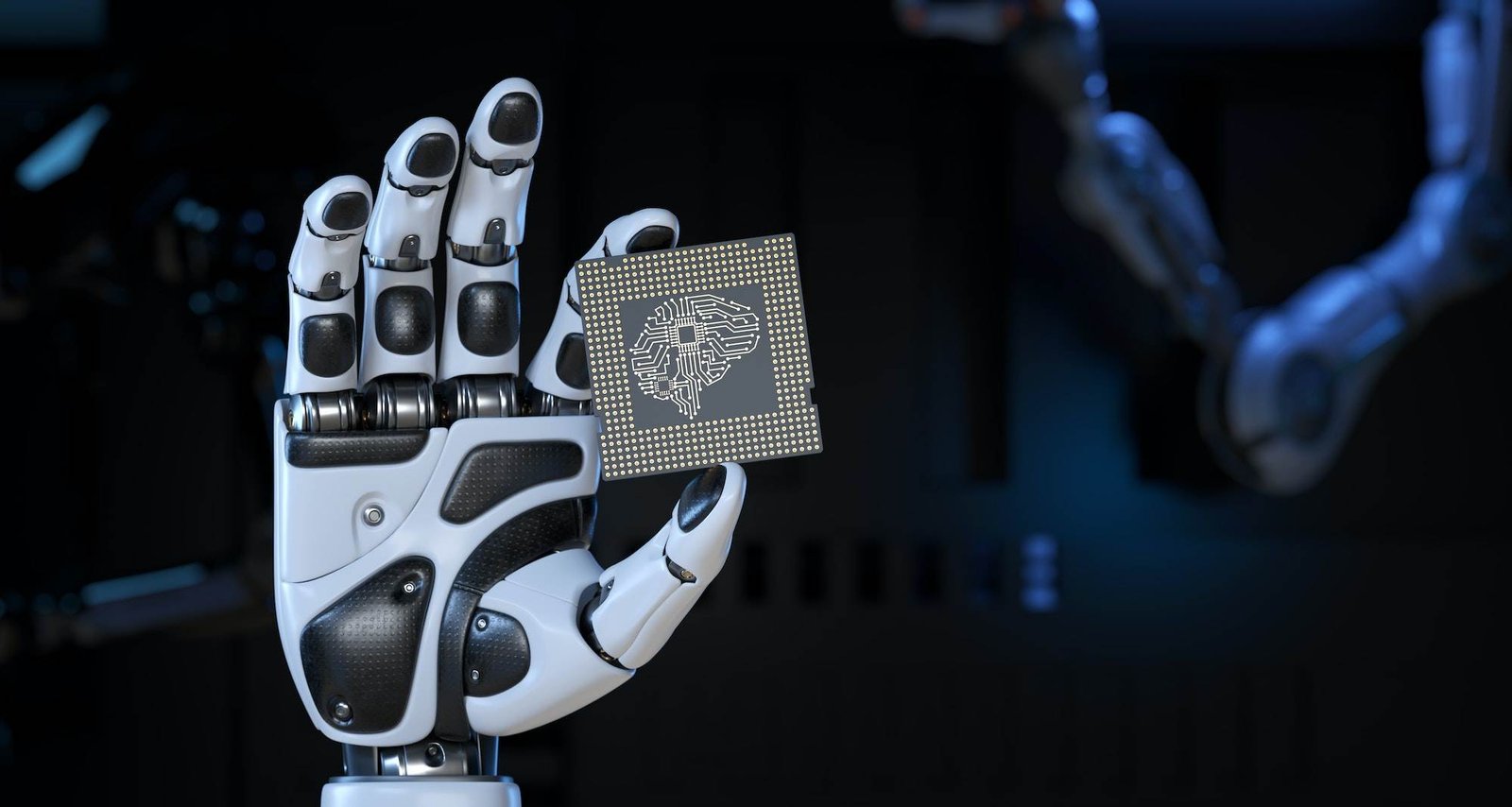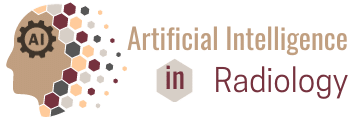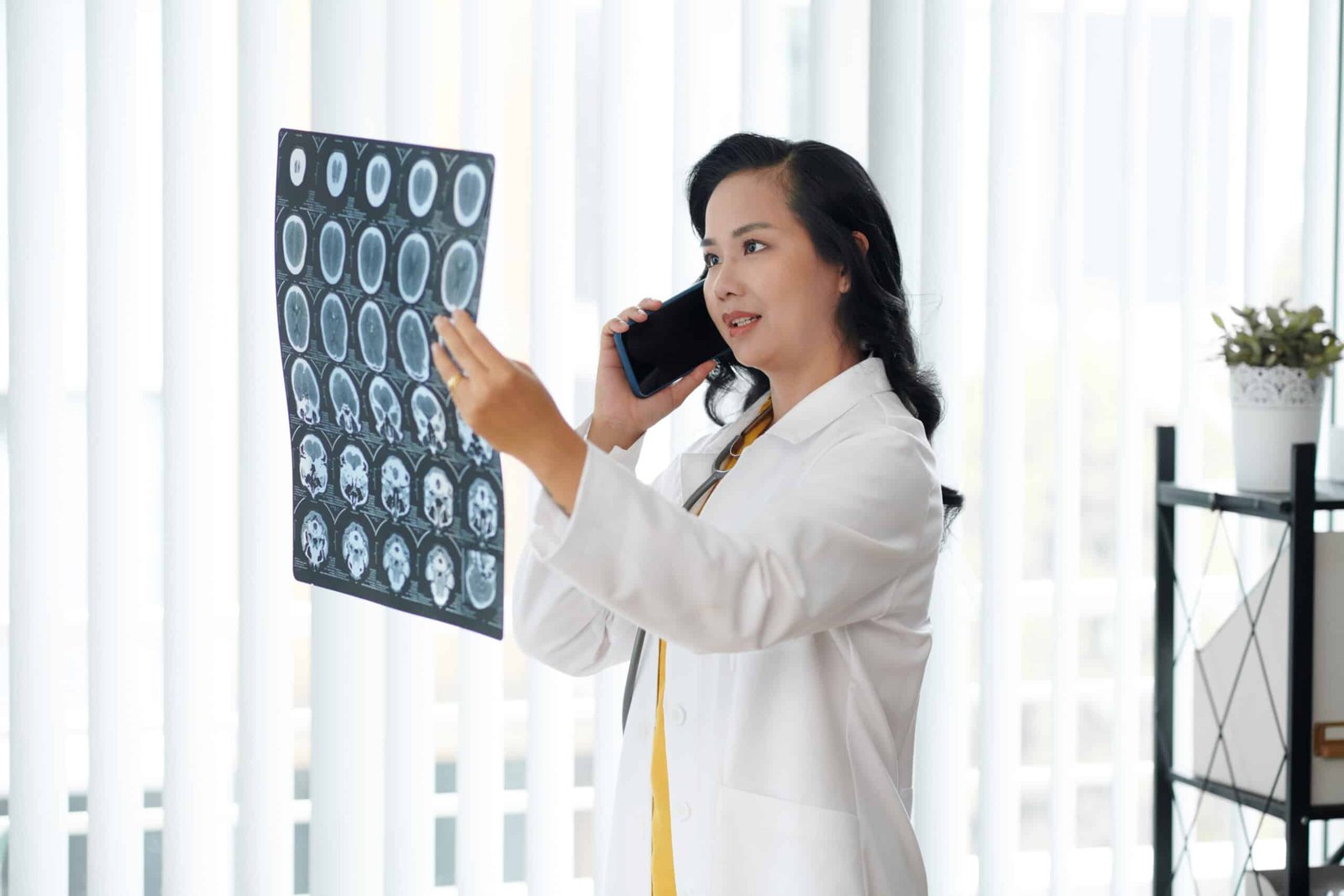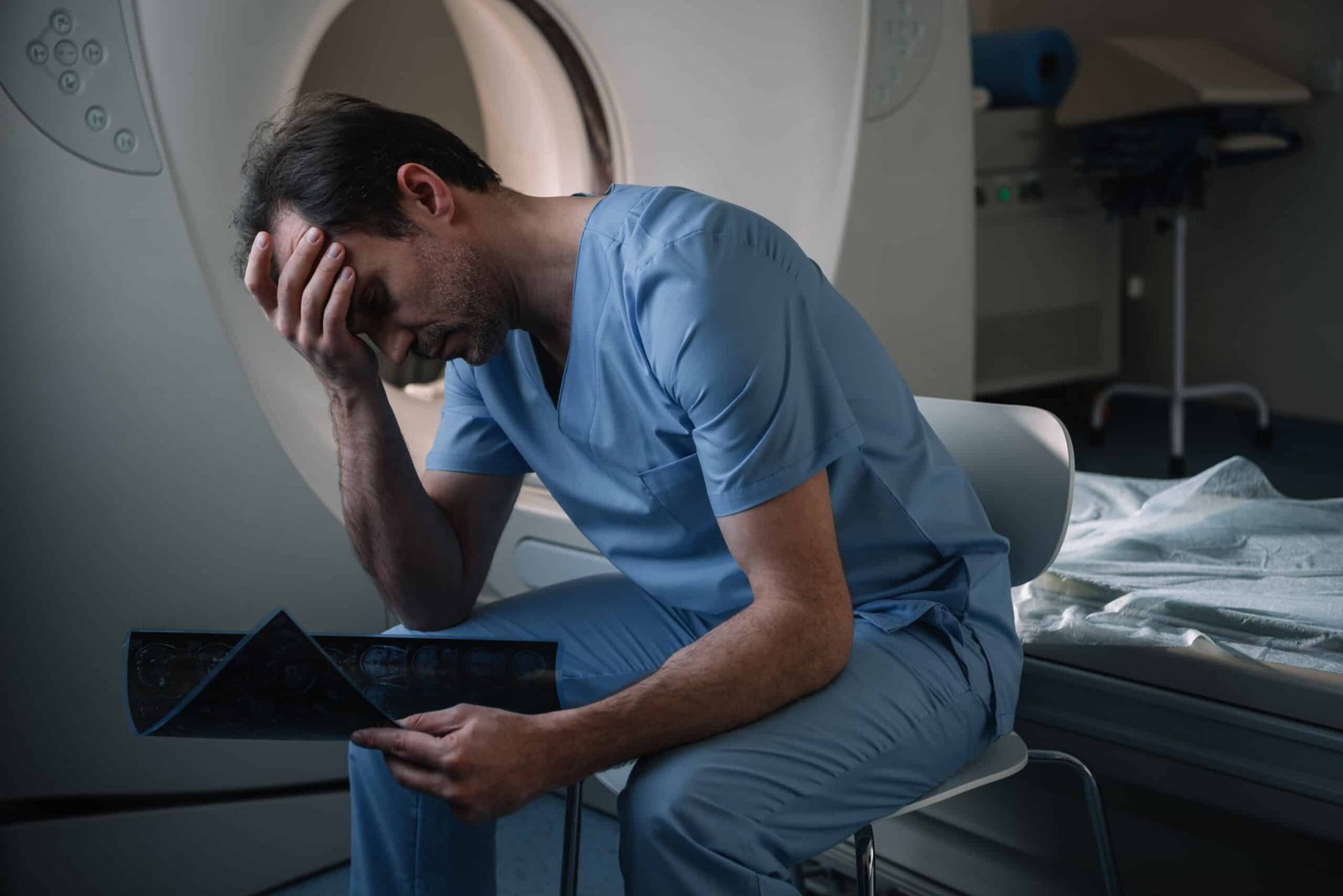
New Era in Radiology
Change the way radiologists work

Merging of two domains
union of different specialists

Make Your Business
Prosper online solution
Impact of Artificial Intelligence in radiology
The world of radiology is rapidly changing, and the impact of artificial intelligence on medical imaging is growing exponentially.
Artificial intelligence (AI) has the potential to revolutionize many aspects of the healthcare industry, including radiology. Specifically, in radiology, AI can be used to enhance image interpretation, improve diagnostic accuracy, and increase workflow efficiency.
Another way in which AI can improve radiology is by assisting radiologists in the interpretation of medical images. For example, AI algorithms can be trained to detect specific types of cancer or other abnormalities in medical images. This can help radiologists to more quickly and accurately identify potential health issues in patients.
Automated Image Analysis
Using AI algorithms to analyze medical images quickly and accurately . Identifying and highlighting areas of concern for radiologists to review. Reducing the time and effort required for manual image analysis
Assisted Diagnosis
AI algorithms can assist radiologists in making accurate diagnoses. Providing additional information and analysis to help with decision-makin. Improving diagnostic accuracy and reducing the risk of errors
Predictive Analytics
Using AI algorithms to analyze patient data and predict outcomes. Identifying patients who are at high risk for certain conditions or disease. Enabling early intervention and personalized treatment plans for patients
A Team of AI Experts in radiology
Artificial Intelligence (AI) has made significant advancements in radiology, and we are a team of experts who are contributing to its development. Our teams of experts are working together to implement AI algorithms that can improve the accuracy and efficiency of radiology, leading to better patient outcomes and more effective healthcare delivery.
Common steps of AI in radiology
Data Collection
The first step in implementing artificial intelligence in radiology is collecting high-quality and diverse data. This data can include medical images, reports, and patient data.
Data preparation
Once the data is collected, it needs to be prepared for analysis. This includes organizing, cleaning, and annotating the data.
Training AI models
The next step is to train machine learning models using the prepared data. This involves selecting appropriate algorithms and models, and fine-tuning them to optimize performance.
Validation and Testing
After the models are trained, they need to be validated and tested to ensure accuracy and reliability. This involves comparing the predictions made by AI models with ground truth data.
Integration with Radiology Workflow
Once the AI models are validated and tested, they can be integrated into the radiology workflow. This involves ensuring that the AI algorithms are user-friendly and can be easily incorporated into existing systems.
Continuous Improvement
Finally, it is important to continuously monitor and improve the AI models over time. This involves re-training models with new data and optimizing algorithms to improve accuracy and efficiency.
Let the Number Speak about AI solutions and articles
AI Solutions
available
Online
articles
Studies goingon
Data
Sources
Recent Blog Entries
Radiologist pathways in AI
FDA marking
Radiologists will not be replaced...
EU-CE marking
Radiologists without AI knowledge
Basics a radiologist should know...
Some of AI solutions Available
Some of the FDA approved AI solutions












